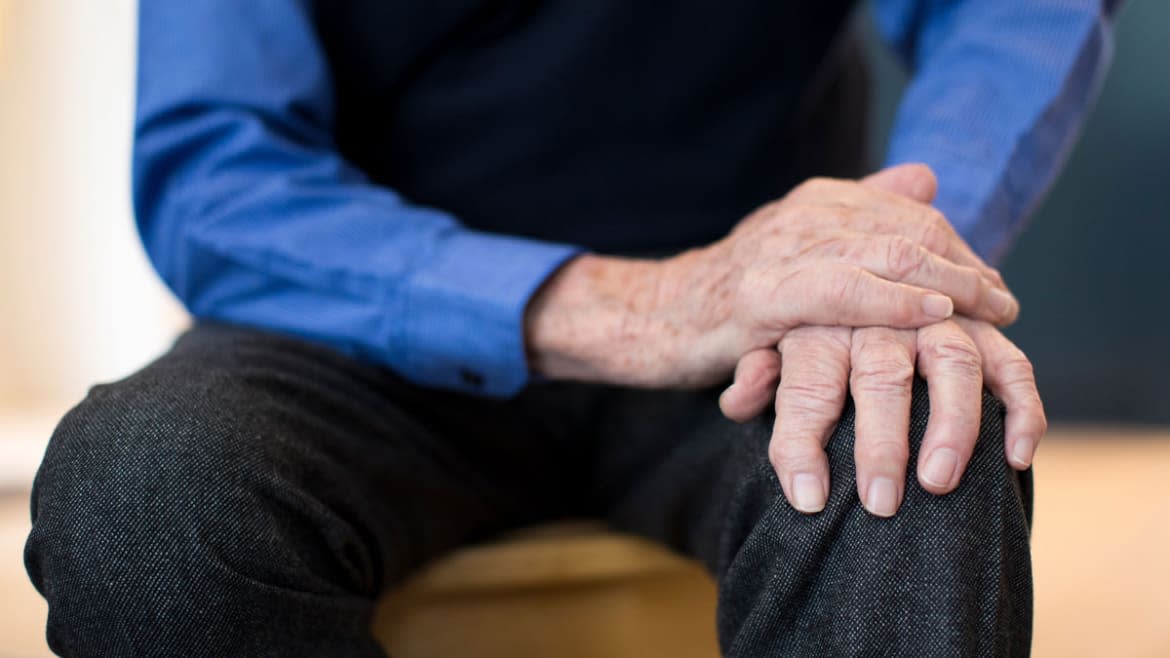Parkinson’s Disease Needs an Operation Warp Speed

On Dec. 1, 2019, the first case of human COVID-19 was documented. Less than six weeks later, the genetic sequence was unlocked by the National Institutes of Health (NIH) for the SARS-Co-V-2 virus. Within five days, a mRNA vaccine was in development. As we pass one year since the first COVID-19 case, several vaccines have been readied for human use and three former U.S. presidents will roll up their sleeves to be publicly vaccinated.
The speed of this scientific achievement will be recorded in history as one of the most rapid, impactful, and critically important medical advances of our generation—and likely of generations to come. Millions of people will never suffer the acute or lingering effects inflicted by SARS-Co-V-2. Hundreds of thousands more will be spared death. The positive impact on this generation and on future generations will be so large that it will be impossible to measure.
There are, however, other diseases that, if left unchecked, will cause worse devastation than SARS-Co-V-2. Frustratingly, we may be doomed to wait until world economies and health-care systems are pushed to near collapse. One such disease is Parkinson’s.
Parkinson’s disease is the world’s fastest-growing neurological disorder. It is growing at an unprecedented pace, and 1 in 15 people in the U.S. will receive a diagnosis of Parkinson’s disease over a lifetime. In the past decade alone, the number of Americans with Parkinson’s disease increased by 35 percent and the growth was 20 percent faster than what was observed in Alzheimer’s disease. This expansion will, if it continues unchecked, be medically and economically devastating. We have chosen a “shuffling” pace instead of the warp speed employed for COVID-19. What if we sped up?
First They Got COVID-19. Then Came the Parkinson’s Symptoms.
There are two excellent examples in medical history of choosing to sprint toward the finish line. The first is polio. President Franklin Roosevelt focused on regaining his own strength while dedicating himself to ending the disease. He formed the National Foundation for Infantile Paralysis, which became the largest voluntary health organization of all time. In 1954, it raised more money than the American Cancer Society, the American Heart Association, and the National Tuberculosis Association combined. He enlisted Eddie Cantor to use his popular radio show to launch the March of Dimes to “enable all persons, even the children, to show our [president] we are with him in this battle.” Jack Benny, Bing Crosby, and the Lone Ranger joined the cause and people began an unprecedented campaign to mail dimes to the White House. The Oval Office expected a modest increase in mail. What arrived instead was a tsunami. Ira R. T. Smith, who worked in the White House mail room for more than 52 years, recalled, “Two days later, the roof fell in—on me… and the Government of the United States darned near stopped functioning.” The efforts galvanized the development of the polio vaccination and the eradication of the disease from the world’s stage.
The second example is HIV. When I was an intern in medicine, the AIDS ward was gloomy and hope was nowhere to be found. The infection was largely considered a death sentence. Powerful advocates occupied the FDA building, joined quilts on the National Mall, and placed a larger-than-life-sized condom on Senator Jesse Helm’s house. The net result was $3 billion a year in funding from the NIH. The advocacy along with the funding changed the trajectory of HIV. Today, Magic Johnson, diagnosed in 1991, is not only living, but he is prospering. AIDS wards have disappeared and hundreds of thousands of people have been largely restored by effective therapies. Funding for HIV has prevented thousands, if not millions, from ever developing the disease.
Polio, HIV, and COVID-19 moved at warp speed. Parkinson’s disease in contrast is still moving glacially. In 2019 Parkinson’s disease received an estimated $201 million in NIH funding. HIV receives $3 billion dollars a year. COVID-19 has so far received $3.6 billion from NIH. The speed of developments for Parkinson’s disease can change with more investment.
It might surprise you to know that many laboratories have been developing a vaccine for Parkinson’s disease. As with COVID, there are also monoclonal antibodies for Parkinson’s. Parkinson’s research can and will learn from COVID. Many international scientists are engaged in the development of new drug targets, novel neuromodulatory devices, gene therapies, optogenetics, and other “out of the box” approaches to end Parkinson’s disease. To move the needle, we will need to immediately shift from a shuffle to warp speed. We must commit to increase our investment by tenfold. The alternative is not a world anyone would choose to live in.
Michael S. Okun is a co-author of the book Ending Parkinson’s Disease, Professor and Executive Director of the Norman Fixel Institute for Neurological Diseases at University of Florida Health, and the Medical Director of the Parkinson’s Foundation.
Get our top stories in your inbox every day. Sign up now!
Daily Beast Membership: Beast Inside goes deeper on the stories that matter to you. Learn more.

